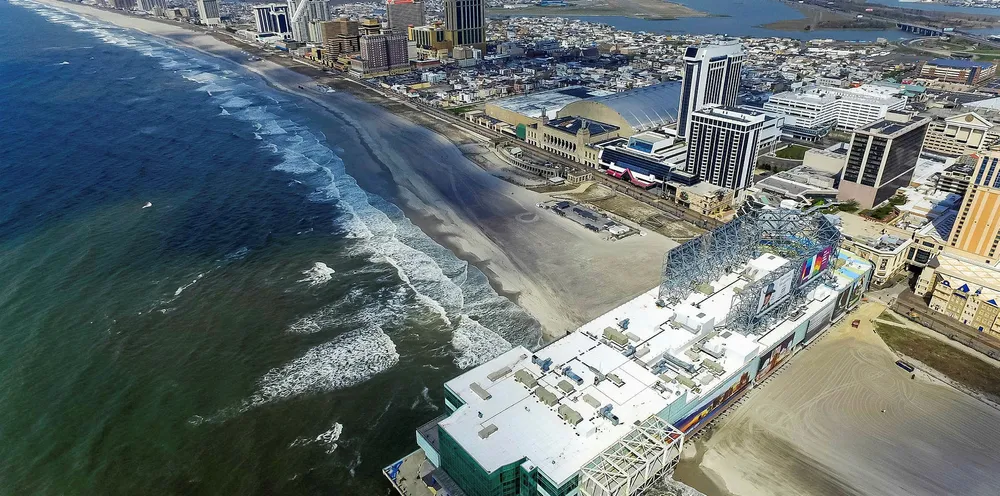Dane lands offshore power grid deal for EDF-Shell's Atlantic Shores
Consultancy COWI will scope transmission infrastructure system for planned 2.5GW project off New Jersey

Consultancy COWI will scope transmission infrastructure system for planned 2.5GW project off New Jersey
